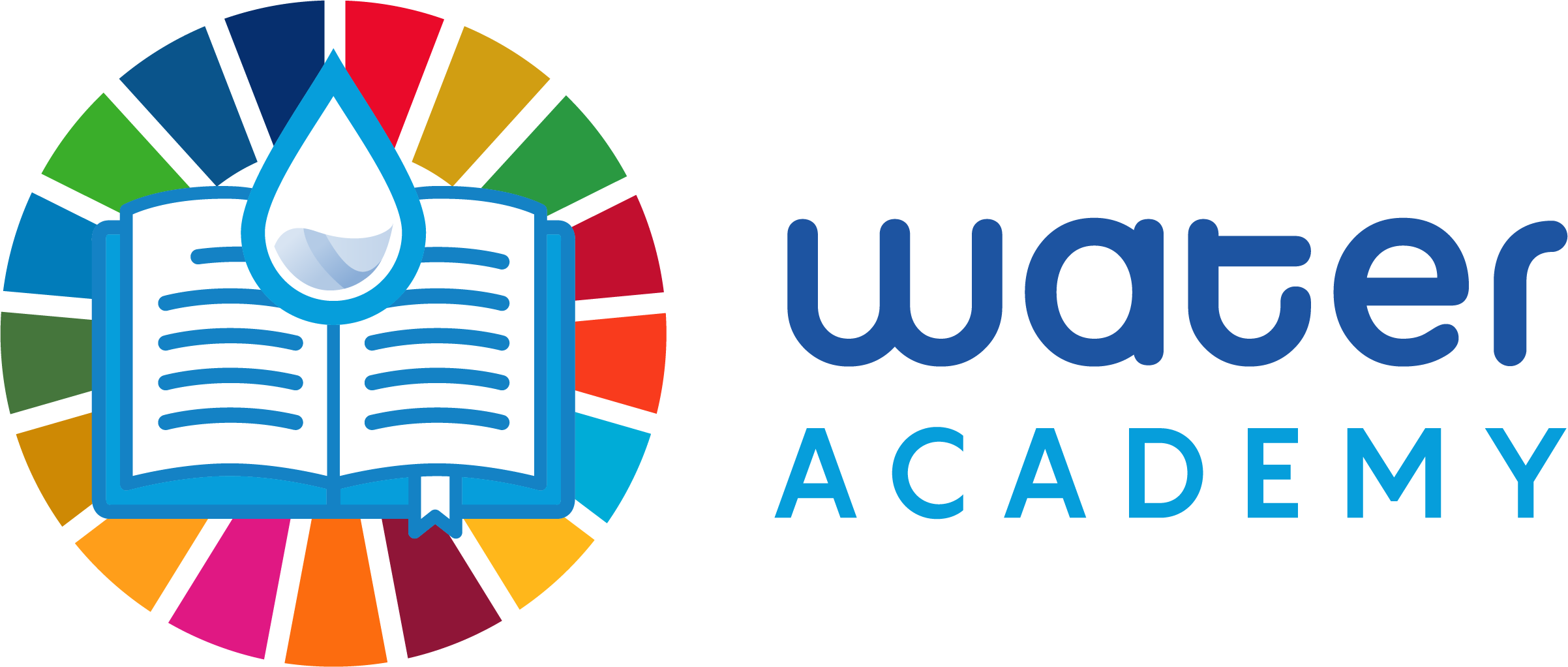Publications – York University
Sharma, S., Hampton, S.E., and Kimirei, I. 2024. The future of limnology is inclusive, interdisciplinary, collaborative, and global. In: Smol, J. and Jones, I. (Eds.), Wetzel’s Limnology.Elsevier, Academic Press, pp. 1045-1061.
Karimi Darvanjooghi, M.H., Magdouli, S. & Brar, S.K. 2024. Recent challenges in biological cyanidation and oxidation of sulfide-based refractory gold ore. World Journal of Microbiology and Biotechnology 40: 67.
https://doi.org/10.1007/s11274-024-03887-2
Sara Moghaddam-Ghadimi, Audrey Tam, Usman T. Khan, and Stephanie L. Gora. 2023. How might climate change impact water safety and boil water advisories in Canada?. FACETS. 8(): 1-21.
https://doi.org/10.1139/facets-2022-0223
Shamskhany, A., & Karimpour, S. (2022). Entrainment and vertical mixing of aquatic microplastics in turbulent flow: The coupled role of particle size and density. Marine Pollution Bulletin 184: 114160.
https://doi.org/10.1016/j.marpolbul.2022.114160
Shamskhany, A., Li, Z., Patel, P., & Karimpour, S. (2021). Evidence of microplastic size impact on mobility and transport in the marine environment: a review and synthesis of recent research. Frontiers in Marine Science, 8, 760649.
Woolway, R.I.*, Sharma, S.*, and Smol, J.* 2022. Lakes in hot water: the impacts of a changing climate on aquatic ecosystems. Bioscience 72: 1050-1061.
https://doi.org/10.1093/biosci/biac052
De Santi M, Ali SI, Arnold M, Fesselet J-F, Hyvärinen AMJ, Taylor D, et al. (2022) Modelling point-of-consumption residual chlorine in humanitarian response: Can cost-sensitive learning improve probabilistic forecasts? PLOS Water 1: e0000040.
https://doi.org/10.1371/journal.pwat.0000040
De Santi M, Khan UT, Arnold M, Fesselet J-F, Imran S. (2021) Forecasting point-of-consumption chlorine residual in refugee settlements using ensembles of artificial neural networks. npj-Clean Water 4:35
Ali, S. I., S. S. Ali, and J. Fesselet (2021). ‘Modelling post-distribution chlorine decay in refugee camps: Evidence-based guidance for water chlorination in humanitarian emergencies,’ Water Research,189(116642).







